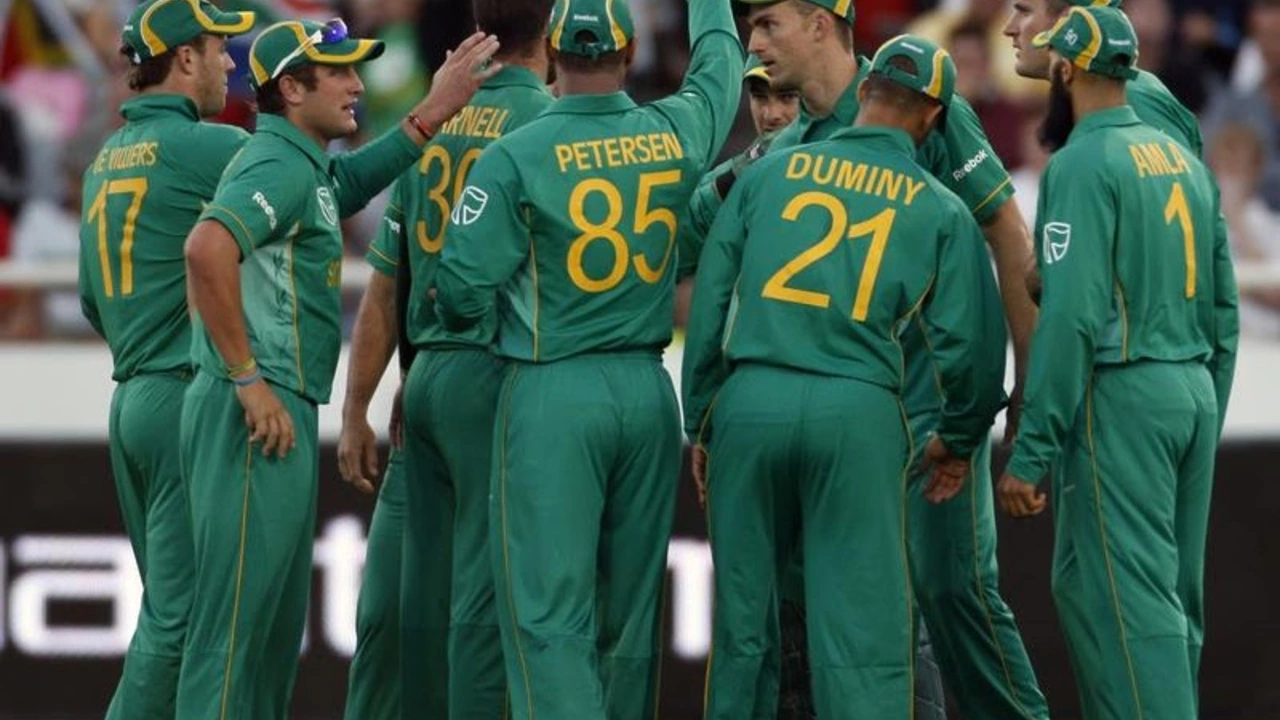World Cup Performance: Stats, Stories, and What to Expect
Every four years the World Cup lights up the globe, and fans start asking the same question: which teams will dominate and why? Understanding performance isn’t just about who wins the trophy; it’s about trends, player form, and tactical shifts that shape every match.
Let’s break down the big picture. Historically, teams with strong midfield control and disciplined defense tend to go deeper into the tournament. Look at Spain’s 2010 run or Germany’s 2014 campaign – both relied on a balanced spine that could press, create, and protect.
Key Stats That Reveal Winners
When you dive into the numbers, a few patterns pop up. Teams averaging over 1.5 goals per game in the group stage usually make the knockout round. Possession above 55% correlates with a higher chance of advancing, but only if that ball is used to create clear chances.
Another tell‑tale metric is defensive solidity. Nations conceding fewer than ten goals across the whole tournament have a 70% chance of reaching the quarter‑finals. It’s why coaches obsess over clean‑sheet streaks during the early matches.
2022 World Cup Predictions
Talking about the next big event, many fans point to Brazil, France, and Germany as the front‑runners. Brazil’s attacking flair, combined with a deep bench, gives them a strong edge. France’s mix of experienced stars and hungry youngsters makes them a dark horse for the title.
Germany, on the other hand, may surprise with a renewed focus on high‑press football. Their recent qualifiers showed a team that can dominate possession while staying compact defensively – a recipe that often works in the tournament setting.
Don’t overlook underdogs either. Nations like Croatia and Portugal have proven they can punch above their weight when they lock in a solid midfield and play with confidence. A single breakthrough performance can change the whole narrative.
If you’re tracking player form, keep an eye on those who shine in the group stage – they often carry that momentum into the knockouts. Players with high expected‑goals (xG) and assists per 90 minutes become the go‑to options for their coaches.
Finally, remember that injuries and fatigue can flip predictions overnight. Squad depth matters more than ever, especially for teams that have a tight schedule between the group and knockout phases.
Whether you’re a casual fan or a stats‑obsessed analyst, these insights give you a roadmap to understand World Cup performance. Use them to spot trends, make smarter predictions, and enjoy the drama that only the biggest football stage can deliver.
